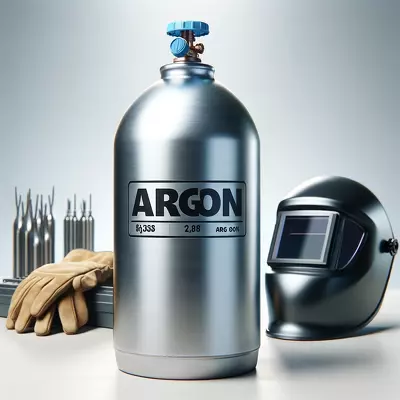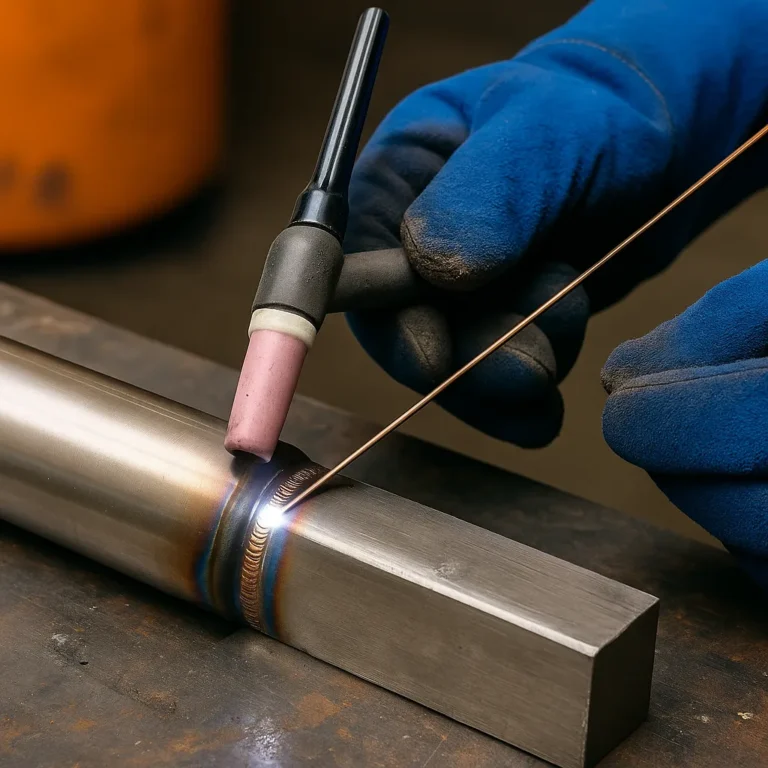AC vs DC Welding: Understanding the Current That Works for You

Disclosure: This post contains affiliate links. As an Amazon Associate, I earn from qualifying purchases—at no extra cost to you.
Welding isn’t just about striking an arc and laying a bead—it’s also about understanding the kind of electrical current that powers your machine. That’s where the AC vs DC welding debate comes in. These two types of currents behave very differently, and choosing the right one can affect everything from arc stability to weld penetration. Whether you’re just getting started or upgrading your setup, knowing when to use alternating current or direct current can make the difference between a strong weld and a frustrating mess.
What Is AC Welding?
AC, or alternating current, switches the direction of the electrical flow back and forth many times per second. In welding, this back-and-forth motion means the arc extinguishes and re-ignites rapidly, which can feel less stable but offers some distinct advantages.
AC welding is often used when dealing with magnetized metals, such as rusty farm equipment or large structural steel components. It’s also the go-to for aluminum TIG welding when breaking through the oxide layer on the surface.
Despite its fluctuating nature, AC is great in certain niche applications—especially when welding outdoors or working with challenging metal conditions.
What Is DC Welding?
DC, or direct current, flows in one constant direction—either positive (DCEP) or negative (DCEN). This steady flow produces a smoother, more stable arc and cleaner welds, which is why it’s the preferred choice for most welding tasks.
DC welding is ideal for working on steel, stainless, and thin sheet metal. It offers better penetration (in positive polarity) and faster deposition rates, making it more efficient for production work. You also get less spatter and a more controlled arc, which helps welders of all skill levels lay down better beads.
Most modern welders default to DC for this reason—especially when precision and appearance matter.
AC vs DC Welding: Key Differences
- Arc Stability: DC offers a smoother, more stable arc. AC can feel erratic, especially for beginners.
- Material Type: Use DC for most ferrous metals. Use AC for aluminum or magnetized steel.
- Penetration: DC positive delivers deeper penetration; DC negative gives a wider, softer arc. AC offers balanced penetration.
- Spatter and Cleanliness: DC welding is cleaner. AC tends to produce more spatter and requires more cleanup.
- Equipment Cost: Machines with DC capability tend to cost more but offer better performance for most jobs.
Which One Should You Choose?
If you’re mostly welding steel or general fabrication projects, DC welding is your best bet. It’s stable, versatile, and user-friendly. However, if you frequently work with aluminum or magnetized materials, having AC functionality will come in handy.
Many newer machines offer both AC and DC settings, giving you flexibility across a wider range of materials and techniques. If your projects vary, it’s worth investing in a dual-function welder.
Conclusion: Don’t Let the Current Confuse You
AC vs DC welding isn’t just a tech spec—it’s a practical decision that can affect the strength, appearance, and ease of your welds. Understanding the current gives you the power (literally) to choose the right tool for the job and to weld with confidence.






